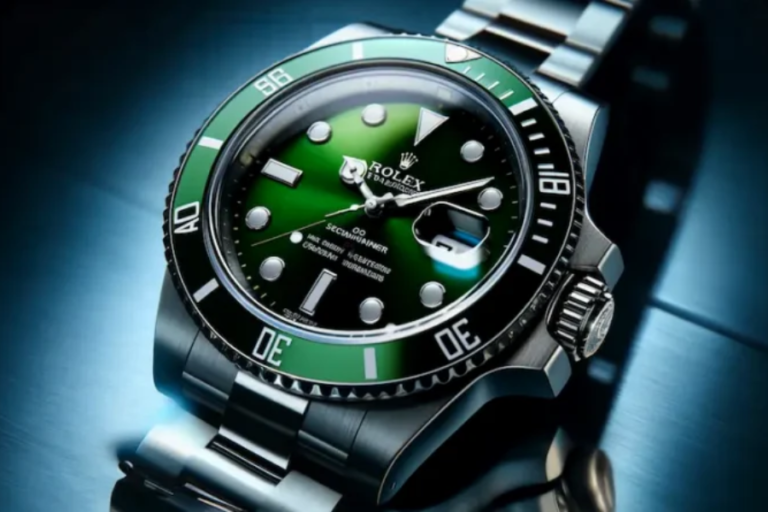Saphires: A Gemstone of Beauty, Elegance, and Historical Significance
Saphires are celebrated not just for their breathtaking beauty and durability, but also for their deep historical and cultural significance. As members of the corundum family—alongside rubies—saphires are renowned for their variety of stunning colors and their rich symbolic meanings. This article explores the allure of saphires, their many hues, origins, and their impact on different cultures throughout history.
What is a Saphire?
Saphires are precious gemstones that belong to the corundum mineral family. While the term “saphire” often evokes images of deep blue stones, saphires can actually come in a spectrum of colors including pink, yellow, green, and even colorless. The word “saphire” has its roots in the Latin “sapphirus” and the Greek “sappheiros,” both of which refer to the gem’s blue hue. Known for their exceptional hardness—ranking 9 on the Mohs scale—saphires are highly prized for both their beauty and durability.
The Various Colors of Saphires
Blue Saphires
The most iconic and sought-after saphires are blue, ranging from soft sky blues to deep navy. They are often associated with qualities such as wisdom, loyalty, and nobility. Historically, blue saphires have adorned royalty and have been featured in numerous regal pieces of jewelry.
Pink Saphires
Pink saphires are appreciated for their vibrant and delicate shades, which range from gentle pastels to intense magentas. Symbolizing love and compassion, pink saphires are a popular choice for romantic jewelry, including engagement rings.
Yellow Saphires
Yellow saphires, with their warm, golden tones, bring a bright and cheerful element to any jewelry piece. They vary from pale lemon to rich gold and are often linked to prosperity and abundance. Notable sources of yellow saphires include Sri Lanka, Thailand, and Australia.
Green Saphires
Green saphires are rarer and exhibit a range of rich green hues. Associated with growth and renewal, these saphires add a fresh and vibrant touch to jewelry, making them a unique choice for those seeking something less conventional.
Padparadscha Saphires
The padparadscha saphire is a rare and highly coveted variety known for its distinctive pink-orange color reminiscent of a sunset. Due to their rarity and unique hue, these saphires are highly prized by collectors.
Origins of Saphires
Spphires are mined in various locations around the world, each contributing distinct qualities to the gemstones:
Sri Lanka
Often called the “Island of Gems,” Sri Lanka is famous for its high-quality blue and pink saphires, as well as the rare padparadscha saphires. The country’s rich history of gem mining makes it a significant source of exquisite saphires.
Myanmar (Burma)
Myanmar is renowned for its deep blue saphires, known for their intense color and exceptional quality. The country’s longstanding tradition in the gemstone trade has established its reputation as a leading source of fine saphires.
Kashmir
Kashmir is known for its velvety blue spphires, which are among the most coveted in the world for their exceptional color and rarity.
Australia
Australia is one of the largest producers of saphires, offering a broad range of colors, including blue and yellow. The country’s extensive spphire deposits provide a diverse selection for jewelers and collectors.
The Significance of Saphires
Throughout history, saphires have carried various symbolic meanings and cultural significance:
Historical Significance
In ancient Persia, it was believed that the earth rested on a massive spphire, which reflected its blue hue onto the sky. During the Middle Ages, blue saphires were worn by clergy as symbols of Heaven and divine favor. Royals have long associated saphires with wisdom, virtue, and protection.
Symbolism
Saphires are associated with wisdom, purity, and loyalty. They are frequently used in engagement rings and other significant jewelry pieces to symbolize enduring love and commitment. Their rich history and symbolism enhance their allure.
Cultural Impact
In different cultures, sappires have held special meanings. For instance, in Hindu tradition, yellow saphires are believed to bring prosperity and good fortune. In medieval Europe, saphires were thought to ward off evil and promote mental clarity, reflecting their esteemed status.
Caring for Saphires
Saphires are durable and suitable for everyday wear. To keep them looking their best:
Cleaning
Use a mild soap solution and a soft brush to clean saphires. Avoid harsh chemicals or ultrasonic cleaners, which may damage the gemstone.
Storage
Store saphires separately from other gemstones to prevent scratches. Although saphires are hard, they can still be scratched by harder materials like diamonds.
Saphires in Jewelry
Saphires are versatile and elegant, making them a popular choice for various types of jewelry:
Engagement Rings
Saphires are increasingly chosen for engagement rings due to their vibrant colors and durability. The iconic blue saphire ring once worn by Princess Diana and now by Kate Middleton highlights the gem’s lasting appeal.
Necklaces
From delicate pendants to elaborate statement pieces, saphire necklaces can feature saphires in a range of colors, often complemented by diamonds or other gemstones, adding sophistication to any ensemble.
Earrings
Saphire earrings, available in styles from simple studs to intricate drop designs, offer a touch of color and elegance. Their durability makes them ideal for both everyday wear and special occasions.
Bracelets
Saphire bracelets vary from delicate chains with saphire accents to bold cuff designs. The variety of available colors provides endless design possibilities.
Symbolism and Meanings of Saphires
Saphires embody a range of symbolic meanings based on their color and cultural context:
Saphires in Different Cultures
In ancient Greece and Rome, blue saphires were believed to offer protection from harm and envy. In Hindu culture, yellow saphires are associated with the planet Jupiter and are worn to enhance wealth and wisdom. Medieval Europeans viewed saphires as symbols of divine favor and protection.
Modern Symbolism
Today, saphires continue to symbolize wisdom, virtue, and good fortune. Blue saphires are regarded as stones of mental focus and psychic awareness, while pink saphires represent love and compassion. Yellow saphires are linked to prosperity and financial stability.
Color and Clarity
The most valuable saphires exhibit rich, vivid colors with even distribution. Clarity is also important; fewer visible flaws generally increase a saphire’s value.
Cut and Carat Weight
The cut of a saphire affects its appearance and value, with common cuts including oval, round, cushion, and emerald. Carat weight also impacts value, though exceptional color and clarity can make smaller stones equally valuable.
Saphire Treatments and Enhancements
Heat Treatment
Heat treatment is a common method used to enhance saphires’ color and clarity. This process is stable and widely accepted in the gemstone market.
Diffusion Treatment
Diffusion treatment involves infusing elements into the saphire to change its color. While diffusion-treated saphires can be vibrant, the color alteration is usually surface-deep.
How to Care for Your Saphire Jewelry
Cleaning Tips
Regular cleaning with a mild soap solution and a soft brush helps maintain a saphire’s brilliance. Avoid harsh chemicals and abrasive cleaners.
Storage Solutions
Store saphire jewelry in a soft pouch or separate compartment to prevent scratches. Keeping saphires away from direct sunlight and extreme temperatures also helps preserve their color and integrity.
The Value of Saphires
Factors Affecting Value
A saphire’s value depends on color, clarity, cut, and carat weight. Saphires from renowned regions like Kashmir and Burma are particularly prized. Natural, untreated saphires are often more valuable due to their rarity.
Investment Potential
Saphires can be a wise investment, often appreciating in value over time. To ensure authenticity and value, purchase from reputable sources and consider certification from recognized gemological laboratories.
Famous Saphires in History
The Star of India
Weighing 563 carats, the Star of India is a remarkable star saphire known for its unique asterism and stunning blue color. It is displayed at the American Museum of Natural History and attracts gem enthusiasts from around the world.
The Logan Saphire
At 423 carats, the Logan Saphire is one of the largest faceted blue saphires ever discovered. Housed at the Smithsonian Institution, it is celebrated for its size, color, and historical significance.
Conclusion
Saphires, with their mesmerizing colors and profound historical significance, continue to be treasured across cultures and eras. Their timeless beauty and symbolic meanings make them a beloved choice for fine jewelry and a valuable addition to any collection. Whether chosen for their vibrant hues, historical importance, or enduring elegance, saphires hold a special place in the world of gemstones.



